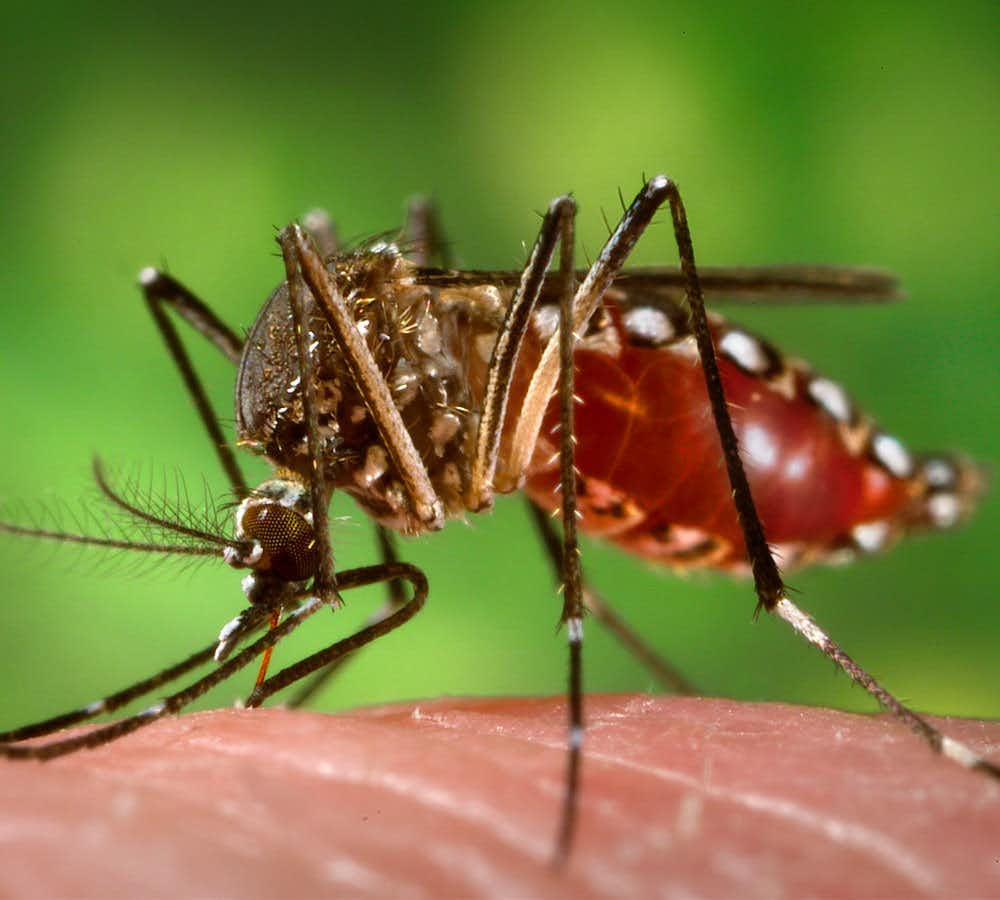
The Centers for Disease Control and Prevention worries about diseases carried by mosquitoes and ticks like chikungunya, dengue fever, Zika, Lyme disease or Rocky Mountain spotted fever. The best way to control such conditions is to prevent bites from mosquitoes, ticks and other biting insects. However, many people object to using DEET, the gold standard for repelling mosquitoes. Now the CDC has partnered with a biotech company called Evolva to develop a new insect repellent called nootkatone.
The News on Nootkatone:
This is the first new insect repellent in more than a decade. The EPA has just registered nootkatone, which is expected to work as well as existing repellent ingredients such as DEET or picaridin.
Grapefruit peel and Alaska red cedar both contain small quantities of nootkatone naturally. It is already used to impart flavor and fragrance to certain foods. But obtaining enough by extracting it from such plant sources would be ecologically destructive and extremely expensive. On the other hand, Evolva has developed a sustainable process to synthesize this ingredient. The Environmental Protection Agency (EPA) has just registered it, indicating that it is considered safe and effective.
In addition to repelling insects, nootkatone can also kill them. It works through a completely novel mechanism which may overcome the resistance that pests are developing to existing insecticide ingredients.
What’s Wrong with DEET?
The US military has been using DEET for more than 70 years. It still repels mosquitoes, but people get nervous about a compound that can also dissolve plastic or super glue. We got this question from a reader years ago:
Q. Several months ago I discovered that OFF insect repellent wipes remove temporary tattoos. Yesterday I discovered they also dissolve Super Glue when the tube is stuck to your finger. Just squeeze the liquid onto the ‘stuck’ area and gently pull.
A. The best way to unstick fingers that have been inadvertently glued together is with the solvent acetone, found in nail polish remover. If you don’t have acetone available, however, the trick you have discovered seems quite handy. It does suggest that you need to be extremely carefully with DEET-based insect repellents.

